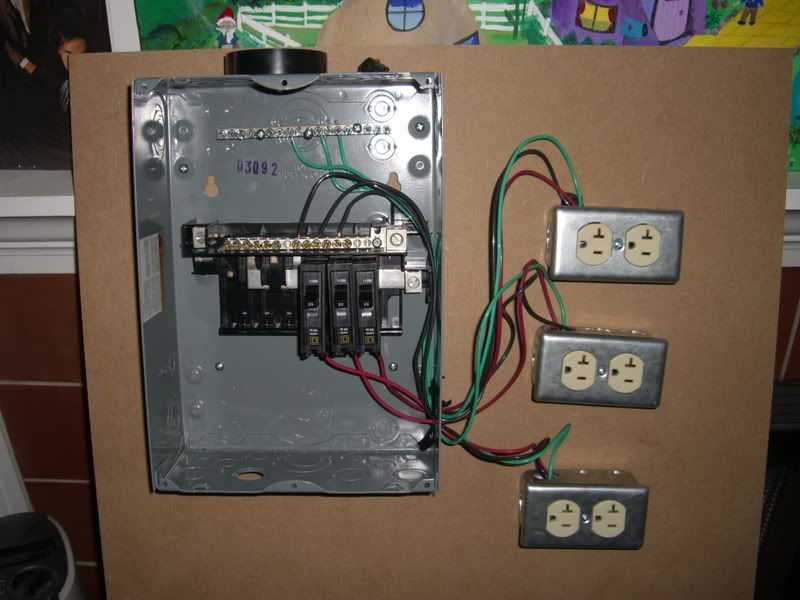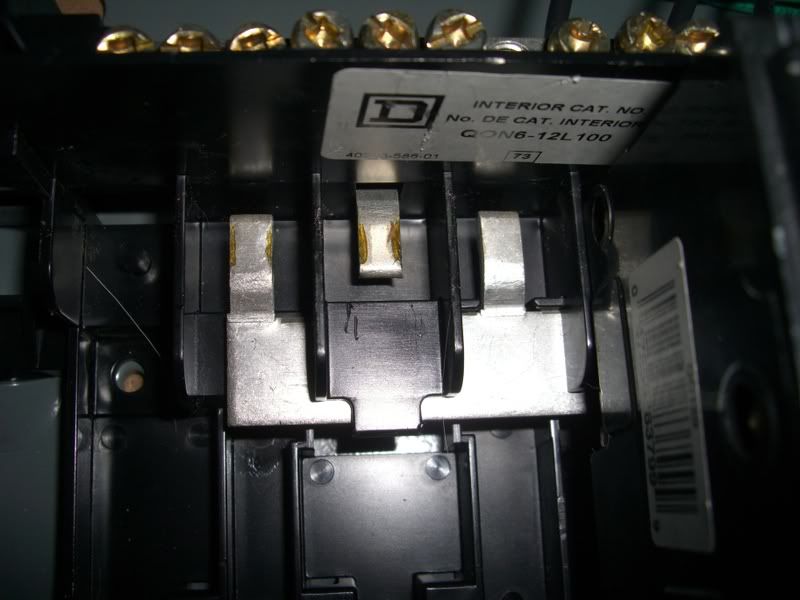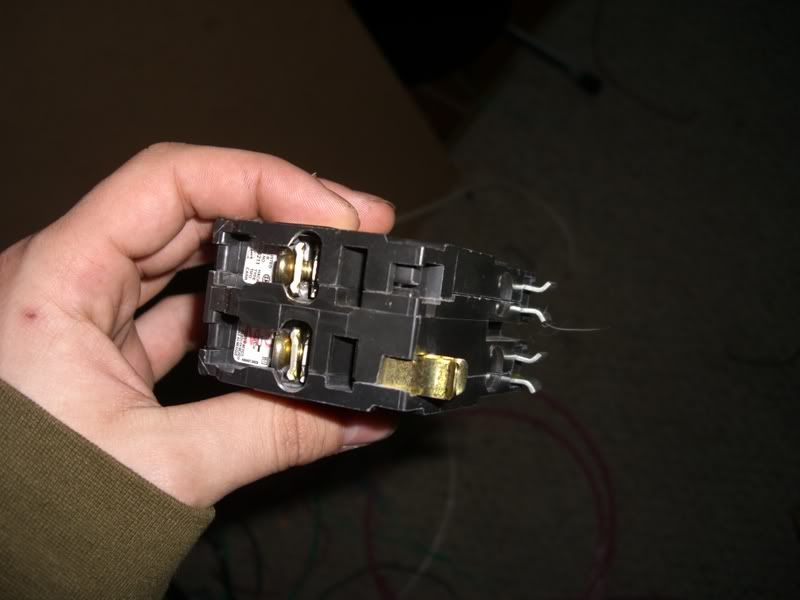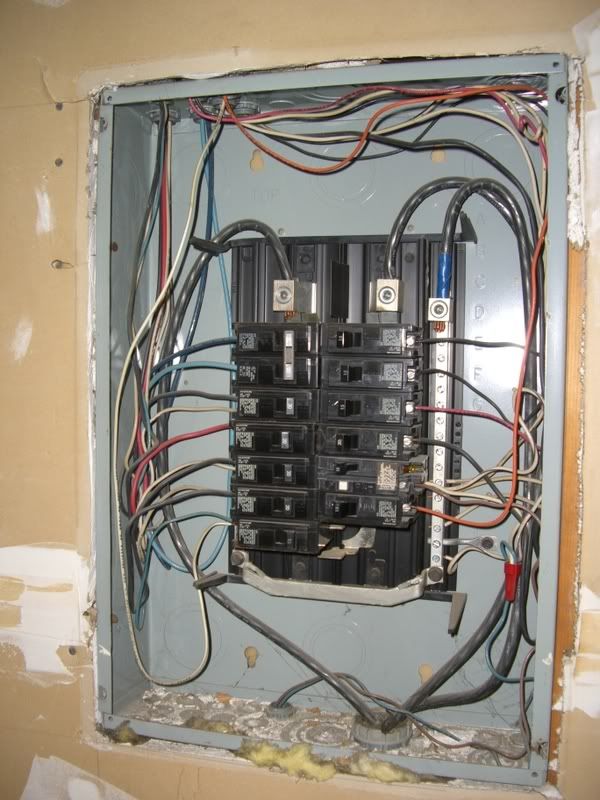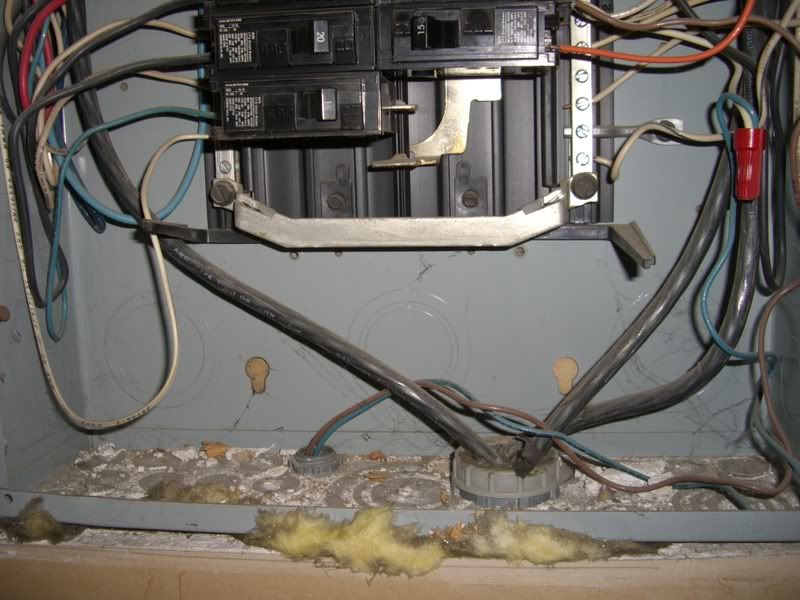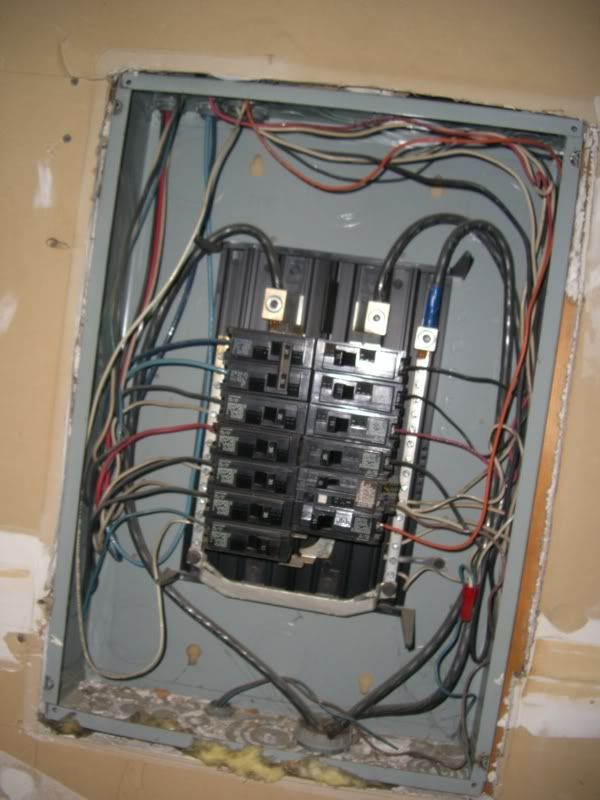Y
yamaha_1fan
PharmaCan said:It looks like the existing bar is isolated/insulated from the box. Since the box should be grounded, any old grounding bar should do for the grounds, don't you think? ...considering that, if you used the more expensive insulated one, you'd have to strap it to the box anyway. The existing bar should be used for neutrals. (Maybe with the money he saves on the grounding bar he can buy some green wire.)
I just suggested the same brand as it may fit in the box easier with existing holes etc. But a grounding bar is a grounding bar

